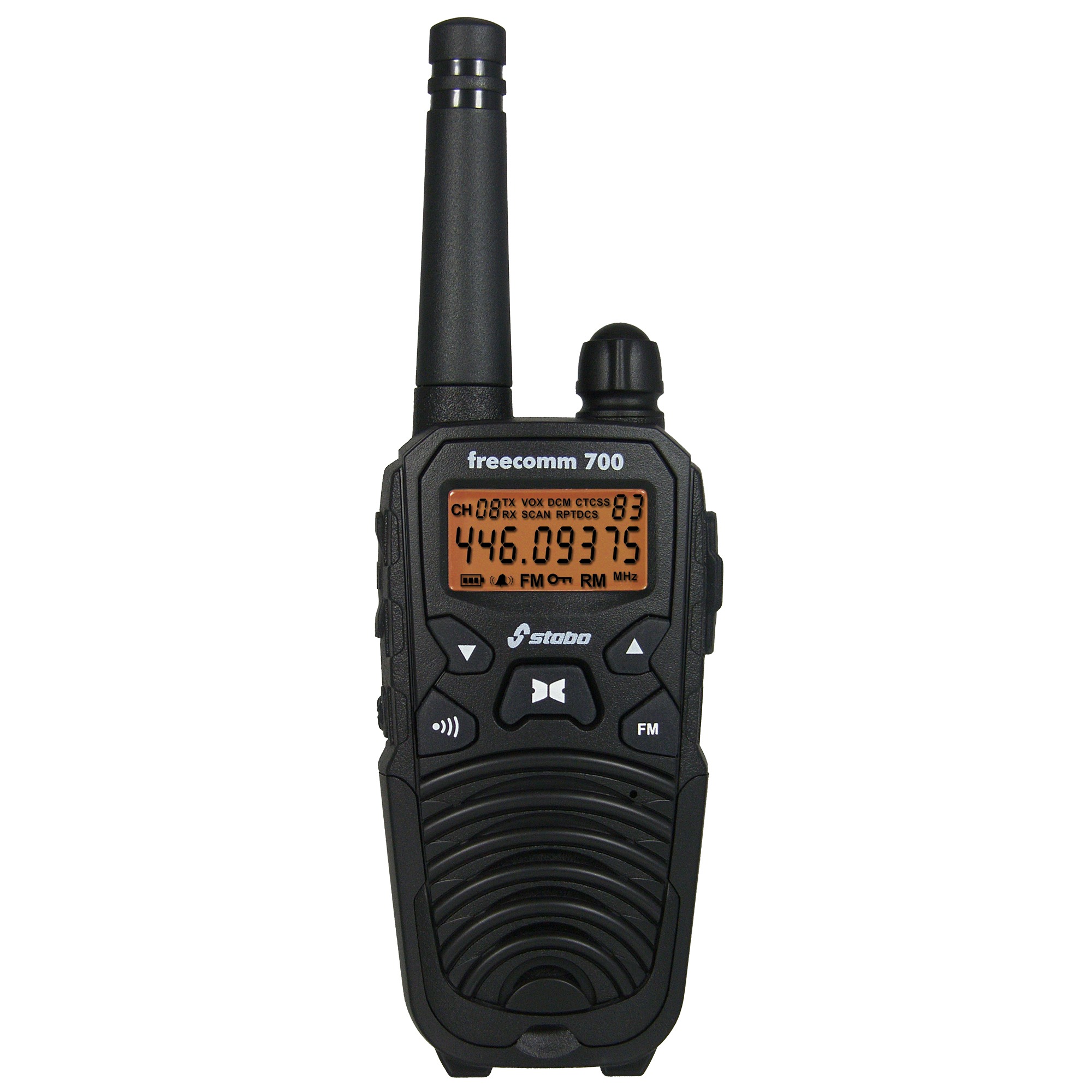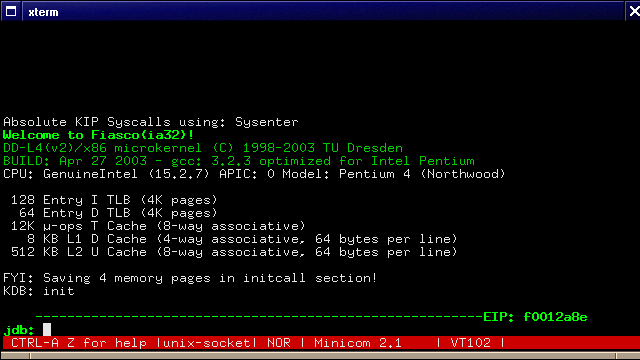


What Is Minicom Download And Install
You should be greeted with the following screen:+-+ To start the configuration process type in the following command and switch:Now the following menu should be displayed:Next, select “Serial port setup” and press to continue. ConfigurationNow that Minicom is installed, the program must be configured properly to interface with the board. It would be best to use your distributions' repository if possible. Connect your PC to the Raspberry Pi serial port using an appropriate serial port adapter and wiring, then open Putty or a.CAUTION: I've seen some potentially fake sites posing as the 'official' Minicom website with untrusted security certificates. Its headsets contain an extremely fast acting voice activated amplifier (VOX) which can be used in background noise levels to 120dBA when coupled with SED’s noise cancelling boom, or throat microphones.Minicom can be downloaded from Freecode or the following terminal command can be used to download and install the program:sudo apt-get install minicom.
Selected Save setup as dfl (save setup as default) then select Exit from Minicom. When the configuration is complete you should be presented with the original screen. Press the 'Q' key for Data=8bits, Parity=none, and Stopbits=1 (8N1), these settings are required for the Dragon12 Board.After the settings are set up correctly, press Enter to continue. Press the 'C' key for a baud rate of 9600bps Set this to Yes.To edit the baud rate and related settings press the 'E' key.You should be presented with the following:+-+-+-++-+-+ Press the 'G' key to toggle Yes or No.
Then press Ctrl+A and press the S key for “upload”. You should receive the following D-Bug12 prompt:Copyright 1996 - 2005 Freescale SemiconductorTo transfer a text file to the Dragon12 board, type in load in D-Bug12. Note that it is unimportant if the device was connected before or after configuration. Once the Dragon12 is connected to the serial port, press the “reset” button on the board. The following sequence should appear:Followed by something similar to the following:Minicom is now 'listening' to the serial port (/dev/ttyUSB0 is the serial device is in this example).
Sometimes the serial devices do not talk to each other nicely resulting in one being overloaded by the other. Uncommon IssuesIf file transfer fails or hangs, some additional tweaks in Minicom may be needed. After a successful transfer has been completed, the following should be displayed in terminal:+-+After following the prompted instruction to continue, use the appropriate D-Bug12 instruction to run the transferred. After selecting a file (.s1 record file) for upload press Enter to transfer. Navigation Keys:Use the Up and Down arrows to select a file or directory Press the space-bar key twice to enter a directory or to select a file Select the “” located at the top to enter a higher directory or previous directory. Minicom will now display a text based folder navigation, for example:We+-+Note: Directories preceded with a period are “hidden” folders and should appear before all non-hidden folders.
In the above example there is a character delay of one millisecond (i.e. Below contains a list of switches for Ascii-xfr:Usage: ascii-xfr -s|-r filename-e: send the End Of File character (default is not to)-d: set End Of File character to Control-D (instead of Control-Z)-v: verbose (statistics on stderr output)The usage list can be generated by typing ascii-xfr in a terminal session. Now here is the tricky part, by changing some switches for ascii-xfr we can have our transfer create a delay after every character or line is transferred, among other things we will not worry about here. Now, a courser should appear next to ASCII, however we do not want to edit the “name” column, so press Enter to continue onto the “Program” column. To edit this section press the “I” key which corresponds to the row ASCII is in. To start off type in:Select “File transfer protocols” and now the following should be displayed:At this point we will only be interested in the “ascii” section which uses the program “ascii-xfr”.
If this does not remedy your problem, it may be something entirely unrelated. Play with these values to suit your situation. Remember to select Save setup as dfl prior to exiting and using the new settings. After the desired settings are inputted, press enter to move onto the next column, and repeat until the previous menu is displayed.
Are you still having difficulties installing or configuring minicom in Ubuntu or Debian? Try referring to the Debian MINICOM Install HOWTO. If you would like to try out the C compiler for the HCS12 in Linux refer to GCC-HCS12. ResourcesFor further information on minicom please refer to its manual from Linux.die.net or by typing man minicom in a terminal.


 0 kommentar(er)
0 kommentar(er)
